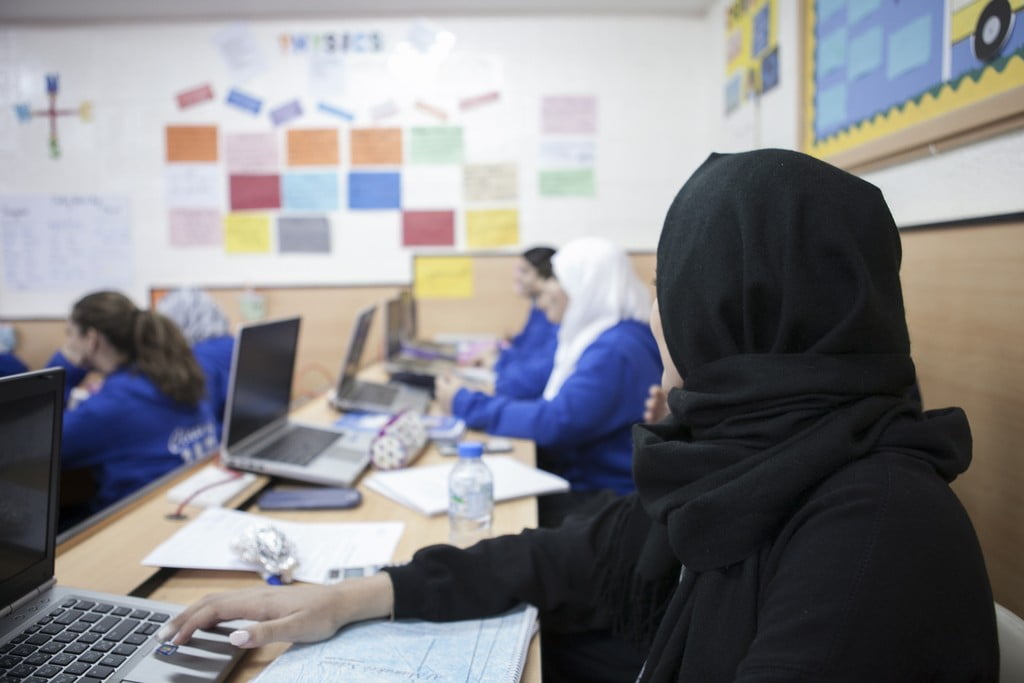
One of the greatest challenges for education is that there is an ever-increasing divide between the demand for learning and the supply of schooling. This is seen most obviously in the global shortage of teachers, but it extends to the dearth of school leaders and to the lack of availability of schools themselves.
According to the Unesco Institute of Statistics there are 263 million children not in education and the world will need 3.3 million more primary teachers and 5.1 million more secondary teachers by 2030. There is no easy solution to this problem, but I believe that lessons from how the Middle East is addressing it may provide a solution that will work in other parts of the world.
In the early days of the UAE, schools were founded by the companies working in the country and they were not-for-profit. Today 95 per cent of private schools in Dubai are for-profit.
Dubai is expanding so fast that the not-for-profit sector is not equipped to respond, with the inevitable consequence that the for-profit sector has filled the void. Market forces play out in a way that, I believe, will be a model around the world. The for-profit sector, unsurprisingly, is driven by return on investment, economies of scale, scalability, differentiated markets and keeping costs down.
There are three important characteristics of the for-profit sector that, I believe, will shape global schooling in the future.
Firstly, the for-profit group has premium, mid-range and budget offerings in the same way that airlines offer first class, business and economy seats on their planes.
The differentiators between the price points are school and class size, the range of facilities available in the school, the qualifications of teachers and the amount of teacher-pupil contact time in the week. The for-profit groups also invest in central IT systems and in top talent for key leadership roles.
So, if we apply the principles of Dubai’s for-profit sector to the global schools problem, what solutions might we see?
First, education for profit will become the norm around the world. Not-for-profit education is not equipped to meet the demand for education and the inevitable consequence is that the for-profit sector will fill the void.
Second, being taught by a specialist teacher in a classroom at secondary level will be a luxury. Technology won’t replace teachers everywhere – but it will in many places.
In the future, it will only be premium secondary education that will be delivered by specialist teachers in classrooms drawing on a range of real and virtual resources. Budget offerings will not have subject teachers, but lesson will be delivered totally through online courses on learning platforms. However, for many young people around the world this will be better than the present situation of receiving no education at all.
Mid-range secondary education will be delivered by “super-teachers” via virtual-reality conferencing. The for-profit sector will invest in new technologies in order to maximise the effect of teachers.
Virtual reality teaching will be the disrupter of secondary education. We also already have “virtual teaching” through video conferencing which enables pupils around the world to be taught live by a remote teacher.
Furthermore, virtual reality already enables pupils to travel through time and space, to experience the ancient Colosseum in Rome, for instance. Once these two technologies are combined – so that we have virtual reality teaching – it will be possible for a pupil to put on a headset and feel as if they are in a real classroom with a world-class teacher, or be taken on a virtual school visit to any place in time and space. The purchase of Oculus, the technology company, by Facebook makes this eventuality all the more likely.






